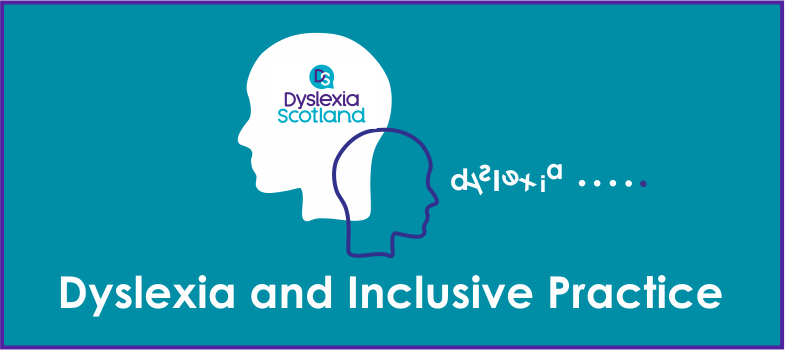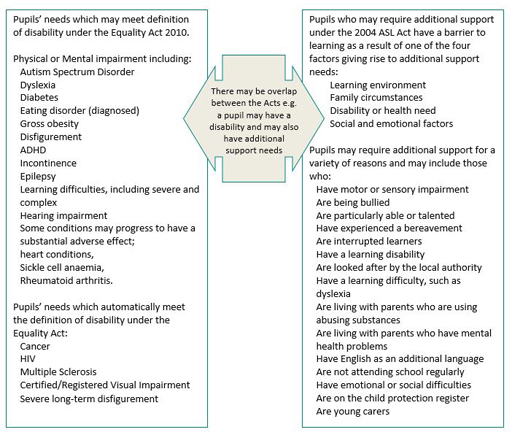4.1.5 Equality/Disability
What is disability?
The Equality Act 2010 defines a disabled person as a person with a disability. A person has a disability for the purposes of the Act if he or she has a physical or mental impairment and the impairment has a substantial and long-term adverse effect on his or her ability to carry out normal day-to-day activities.
This means that, in general:
- the person must have an impairment that is either physical or mental;
- the impairment must have adverse effects which are substantial;
- the substantial adverse effects must be long-term; and
- the long-term substantial adverse effects must be effects on normal day-to-day activities.
All of the factors above must be considered when determining whether a person is disabled.
Legislative and policy position
The duties of the Equality Act 2010 (commenced 1 October 2010) require responsible bodies to actively deal with inequality, and to prevent direct disability discrimination, indirect disability discrimination and discrimination arising from disability and harassment or victimisation of pupils on the basis, or a perceived basis, of protected characteristics, including disability. The provisions include:
- prospective pupils
- pupils at the school
- in some limited circumstances, former pupils
In addition, under the Equality Act 2010 responsible bodies have a duty to make reasonable adjustments for disabled pupils and provide auxiliary aids and services. The duty is ‘to take such steps as it is reasonable to have to take to avoid the substantial disadvantage’ to a disabled person caused by a provision, criterion or practice applied by or on behalf of a school or by the absence of an auxiliary aid or service. (Commenced 1 September 2012)
Further, under the Education (Disability Strategies and Pupils' Educational Records) (Scotland) Act 2002 responsible bodies have duties to develop and publish accessibility strategies to increase pupils’ access to the curriculum, access to the physical environment of schools and improving communication with pupils with disabilities.
Also education authorities and other agencies have duties under the (Education Additional Support for Learning) (Scotland) Act 2004 (as amended) to identify, provide for and review the additional support needs of their pupils, including those with disabilities. The provision made to support a pupil with an additional support need arising from a disability may include auxiliary aids and services, such as communication tools and support staff.
Education authorities can ask other agencies (including social work services, health boards and Skills Development Scotland) for help in carrying out their duties under the Act. Other agencies must respond to the request within a specific timescale (there are exceptions to these timescales).
Figure 21 highlights the overlaps which can occur between the two acts concerning disability and additional support needs. Please note that the lists are not exhaustive.
Figure 21 Disability and Additional Support
Activity 30 Reflective questions for professional dialogue with colleagues
The following questions can be used when engaging in professional dialogue during professional learning opportunities and discussions with colleagues. The outcomes from these discussions can support planning for professional learning opportunities and improvement plans.
You can collate the responses in your reflective log. Click to ‘download’ a discussion sheet if required [Tip: hold Ctrl and click a link to open it in a new tab. (Hide tip)] .
- Why does inclusion matter?
- How can the legislation and policies within Scottish education be supported into practice?
Activity 31 Disability quiz
You should now take the Activity 31 quiz.
4.1.4 Education (Scotland) Act (2016)

